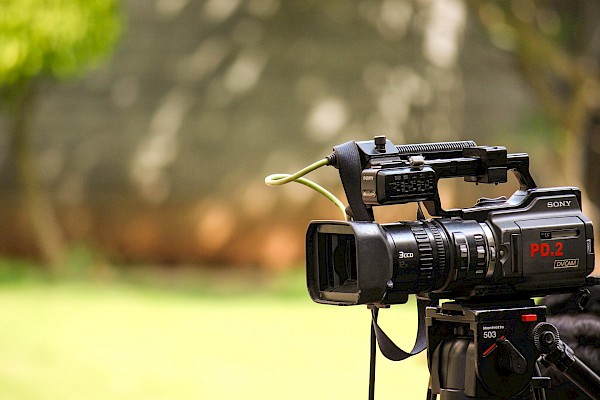Episode transcript The transcript is generated automatically by Podscribe, Sonix, Otter and other electronic transcription services.
Hello everyone. Welcome to the 5 Minutes Podcast. Today I'd like to discuss the concept of zoom in and zoom out to improve our leadership skills to manage projects and initiatives. The first time I saw this concept was in an article from Rosabeth Kanter at HBR, and this article was quite a while ago. But today I see so many challenges that people are facing to deliver their projects, and many of them are due to our inability to zoom in and zoom out. Let me explain this. This is a concept that we can make an analogy with a camera. You do a zoom in when you want to bring details when you want to have a sharper focus on one piece of information. And this is extremely useful when you are managing a crisis. For example, when a crisis comes in, the first thing you need to do is to do a really sharp zoom to understand what is going on there. Imagine a photo where you zoom in to see details of an eye. Then you can see, okay, the color. You can see if there is something different. You are doing this. Zoom in. However, if your camera is stuck on zoom in, you lack context. You don't know, okay, who is the owner of that eye? What is the context in which that photo was taken? Right many times. For example, social media, it's so interesting. People publish their photos, but they publish without context. They publish a very nice photo with some pieces of the background. But when you zoom out and see the context, you say, Oh God, this is very different from reality, right? Because of what you are doing, you are focused on the details you want to see.
And this is the biggest weakness of the zoom-in. You lack context. You think in the short term and many times you are overwhelmed by irrelevant detail. You give such a zoom-in. That comes with a lot of details that are pointless for your decision-making process. Then you go to the zoom out, the zoom-out, you see the big picture, you see the context, right? You see the whole photo. Okay. This eye belongs to Ricardo. That is inside a photo in a boat, in an ocean, somewhere on the coast of Portugal. Okay, then you understand all that context, and then you can imagine, okay, is Ricardo happy? Not happy or how is the weather? But if you only look to the eye, you cannot get that right. However, the zoom-out is also not perfect. Many times when your camera is stuck on the zoom out, you dismiss relevant deviation and you dismiss early warnings coming from the edges. I said this many times I love the book seen around corners by Rita McGrath work. She always says You need to go to the border on the detail because it is no miles from the borders. Many times when you see the big picture of a glacier, you struggle to see is it melting or not? You need to go to the border to see what is going on there. Because if you stay in the center with, I would say, feet and feet of snow below your feet, then you don't see that because you are not able to see the detail that is coming from the edges. So what is the right what do great leaders do? They have such a perfect zoom-in and zoom-out mechanism.
They have, I would say, a very good lubricant, a very good machine that zooms in, out, in, out, in, out when needed. So you go, you see the eyes, you go back, you see the full context. Then you go again and you see another detail. Then you go back and this is the way we should manage our initiatives. Sometimes we need to go deep into one work item that, for example, a team member is struggling to deliver that sprint. Then you go there and you see the detail and you discuss who really the detail of that task. And then suddenly you say, What are we doing? Oh, we are building a new music platform that will do something that the others do not do. Then you have the full context, because many times when you only look at the big picture. You oversimplify things. You think that everything is on two or three buckets and you have an excess of generalization. So the great leaders, are able to navigate between the zoom in and zoom out. And of course, all of us, including myself, tend to prefer one. We operate better on the zoom-in analyzing details. Some of us operate better in the big picture context, but the great ones will operate very decently in both. Zoom in and zoom out. So my final message doesn't let your camera break in one of them and make sure it's well lubricated to move fast between these two scenarios. I hope you enjoyed this podcast and see you next week with another Five Minutes Podcast.

